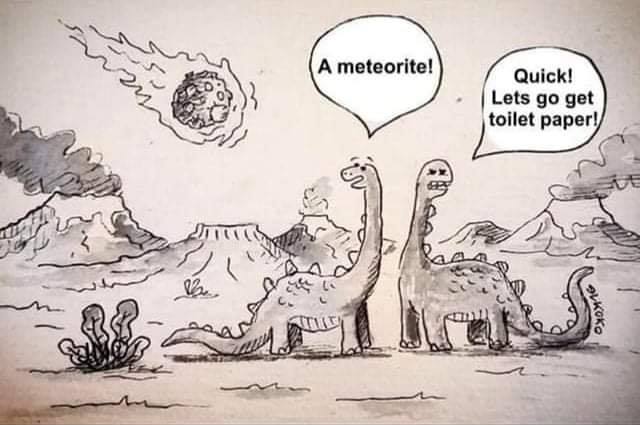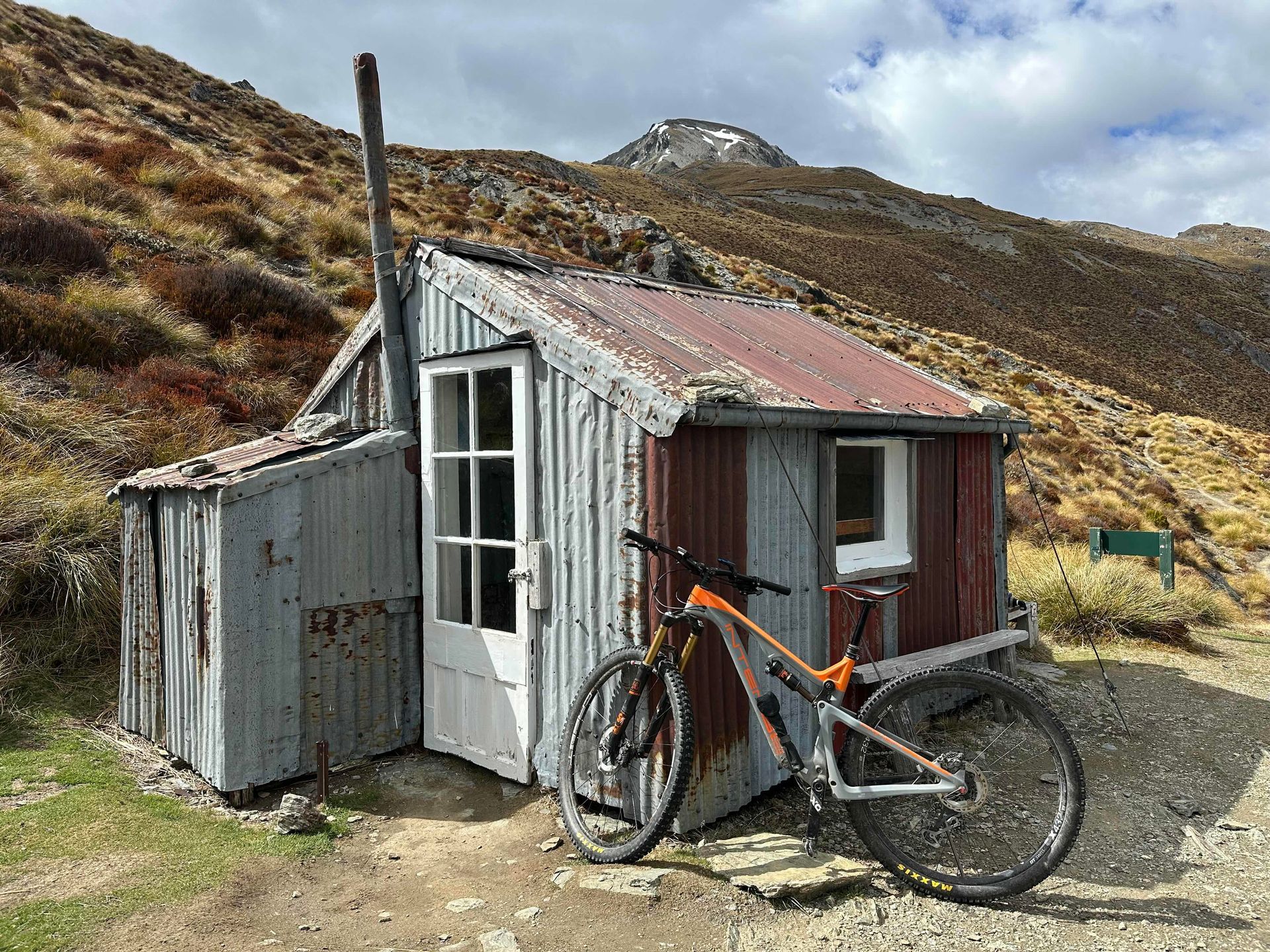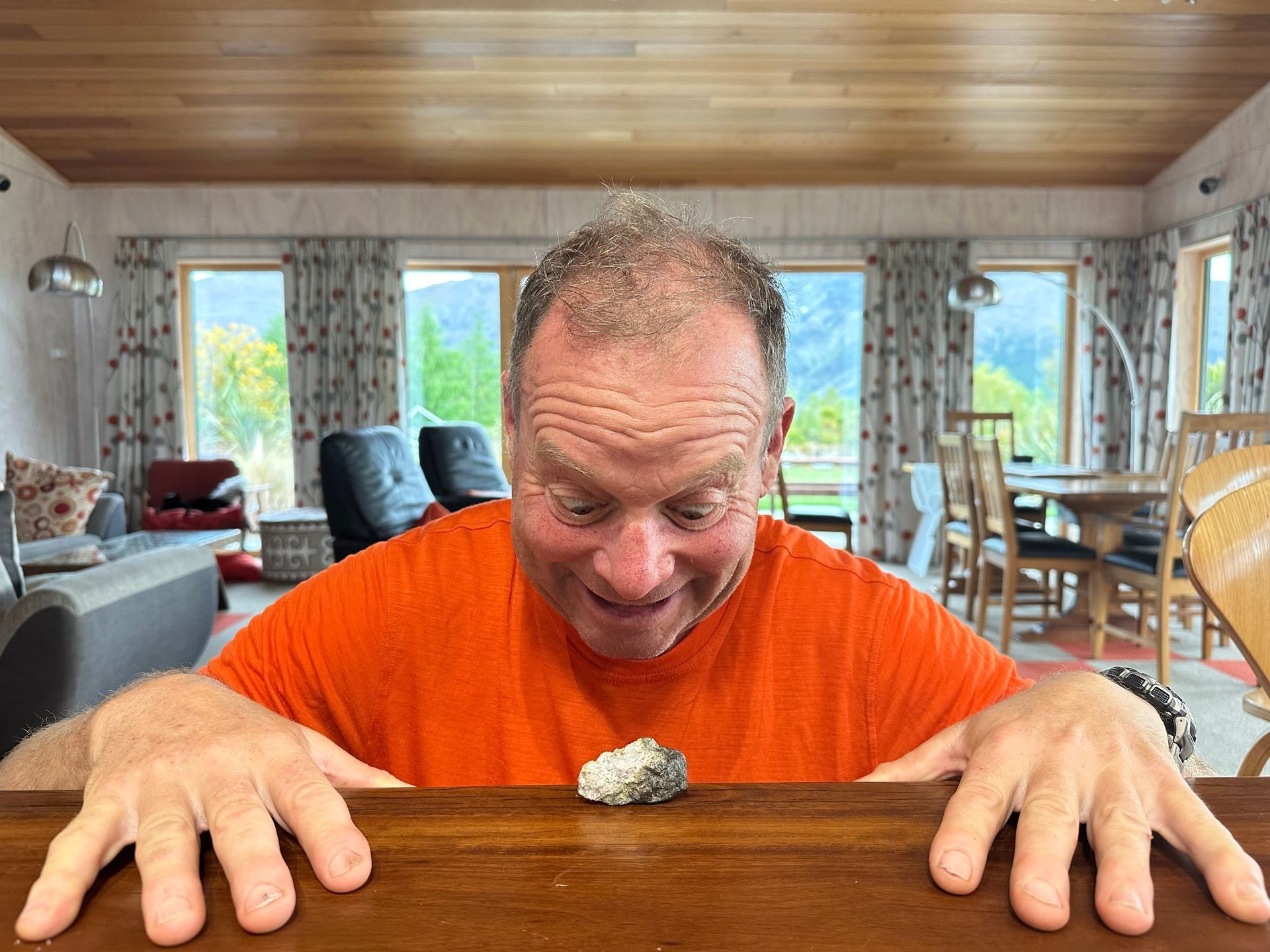What’s in a year?
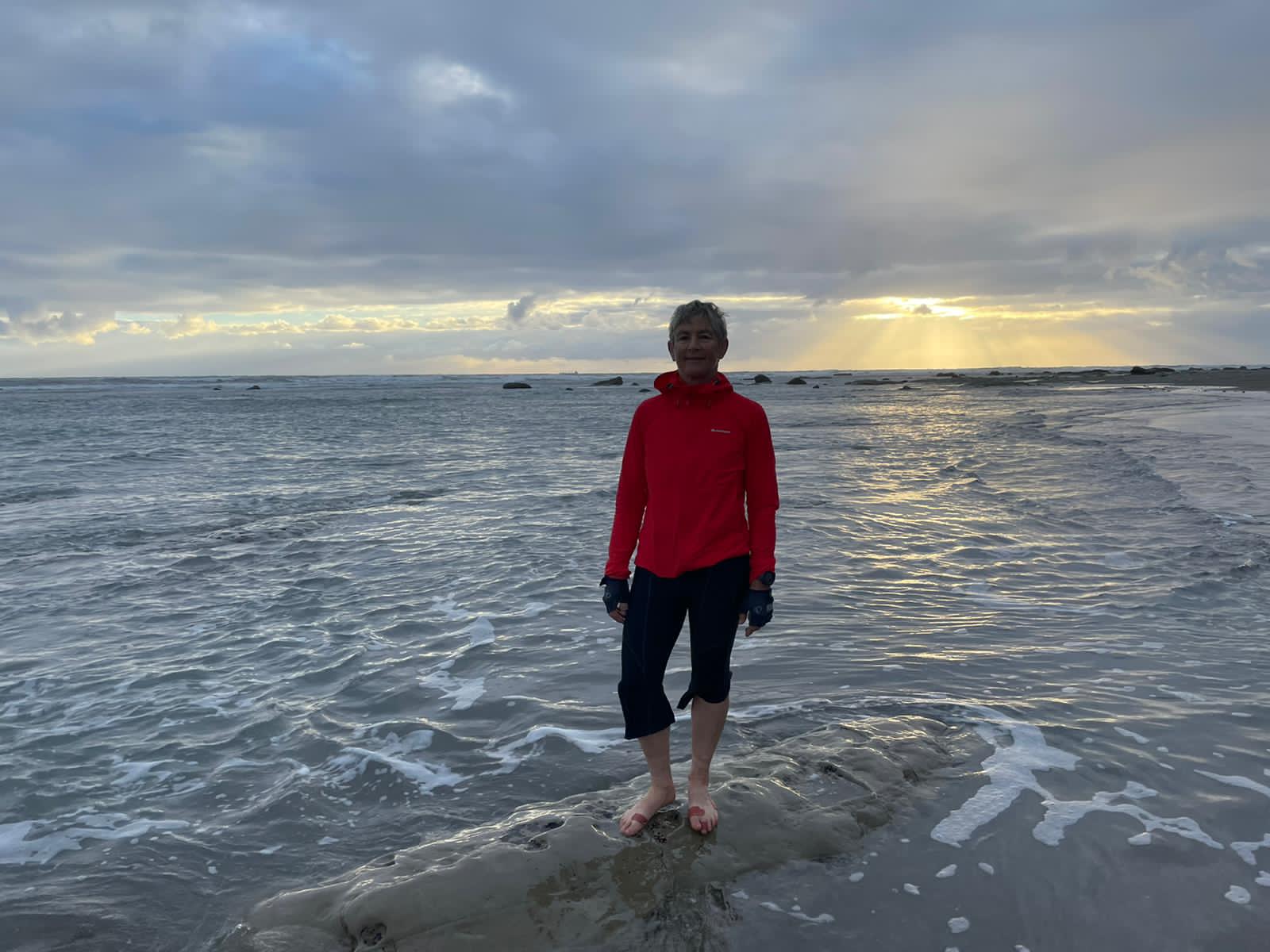
A year ago tomorrow I posted the start of this blog , prompted by Jacinda Ardern’s announcement on March 21 2020 that New Zealand was going into COVID Alert Level 2 and the knowledge that, for the first time ever, New Zealand’s borders were closed to anyone not a citizen or permanent resident. The government’s immediate rationale was that we knew community transmission of COVID-19 was happening and we had seen the rapid and catastrophic rise in cases in China and in Italy, and the effects on their local health systems.
March 2020 feels very long ago, and very recent. I see years as spirals, rising, each year overlapping on the one beneath. So last year is very close if one jumps across the gap, but to go fully around the spiral takes much longer.
I read my posts of the time to help remember how I felt: confused, shocked, upset, fearful, uncertain of what the future would hold. We were like that as a country, people yo-yo-ing between fear and anger and confusion. The sun was still shining (and thankfully it continued to shine throughout our nationwide Alert Level 4 lockdown enacted on March 25), but a grey pall was clouding the future, and we couldn’t see through.
There were so many things we wondered about in March 2020:
- What will happen to the COVID-19 case numbers in New Zealand?
- Will food supply chains hold up?
- Will the Level 4 lockdown work to manage the numbers?
- Will the Level 4 lockdown crater the economy? Economists were predicting drops in house prices of up to 14% and unemployment at a similar rate, by later in 2020.
- Will it be possible to develop a vaccine for COVID-19, and how long will it take?
- When will our borders be able to open again to visitors?
As we locked down, COVID-19 cases in the world looked like the picture below. Our interest was in the doubling rates of cases. We were yet to learn much of the jargon around infection rates, with lockdown goals being an R value of less than 1, which means that numbers of infections are decreasing as each person infects fewer than 1 other person. Early in 2020, the main focus was how fast will the numbers of cases double, and in Europe they were doubling around every 3 days. South Korea was the only country, apart from China, which had managed to halt its upward trajectory. We were no longer making jokes about China building hospitals in a week to deal with sick people in Wuhan.
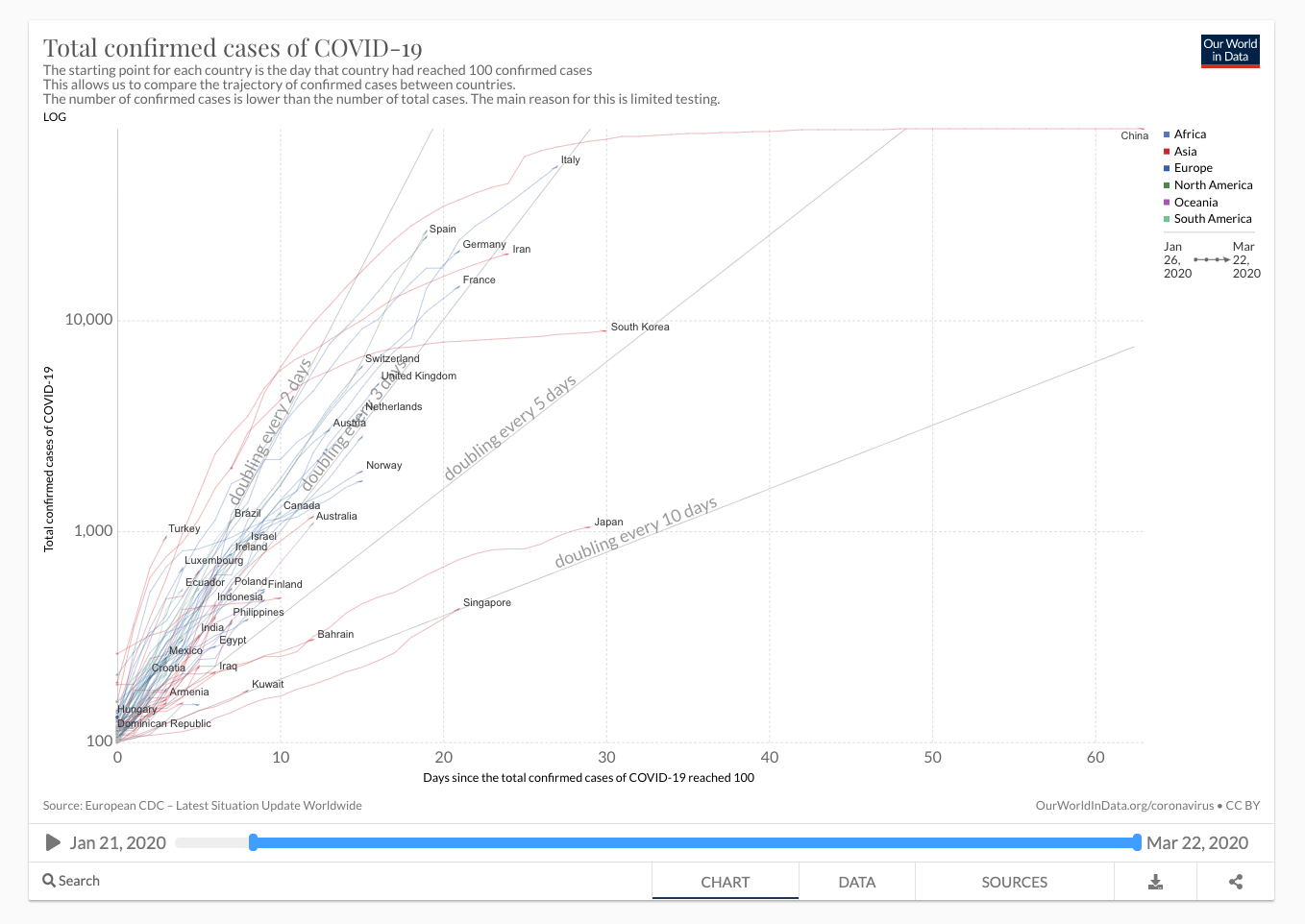
Our fascination with the numbers of cases throughout the world waned over the last year – there is only so long you can remain transfixed by the misery of distant others. In every country the curves flattened, to different degrees. The USA overtook China in total numbers of cases long ago (though no-one believes the Chinese figures), with India coming second but with a population around 4x that of the USA. The United Kingdom is coming an uncreditable third, closely followed by France, Italy and Germany. New Zealand and Taiwan appear at the bottom. Both countries are islands with strict immigration policies. New Zealand’s lack of COVID-19 has been said to be luck, by those with a penchant for government-bashing. Luck has undoubtably played a role, but there are plenty of islands that have not fared as well. Even comparing population sizes, Japan has done far worse than New Zealand and its a country where one can imagine that the population is relatively well behaved.
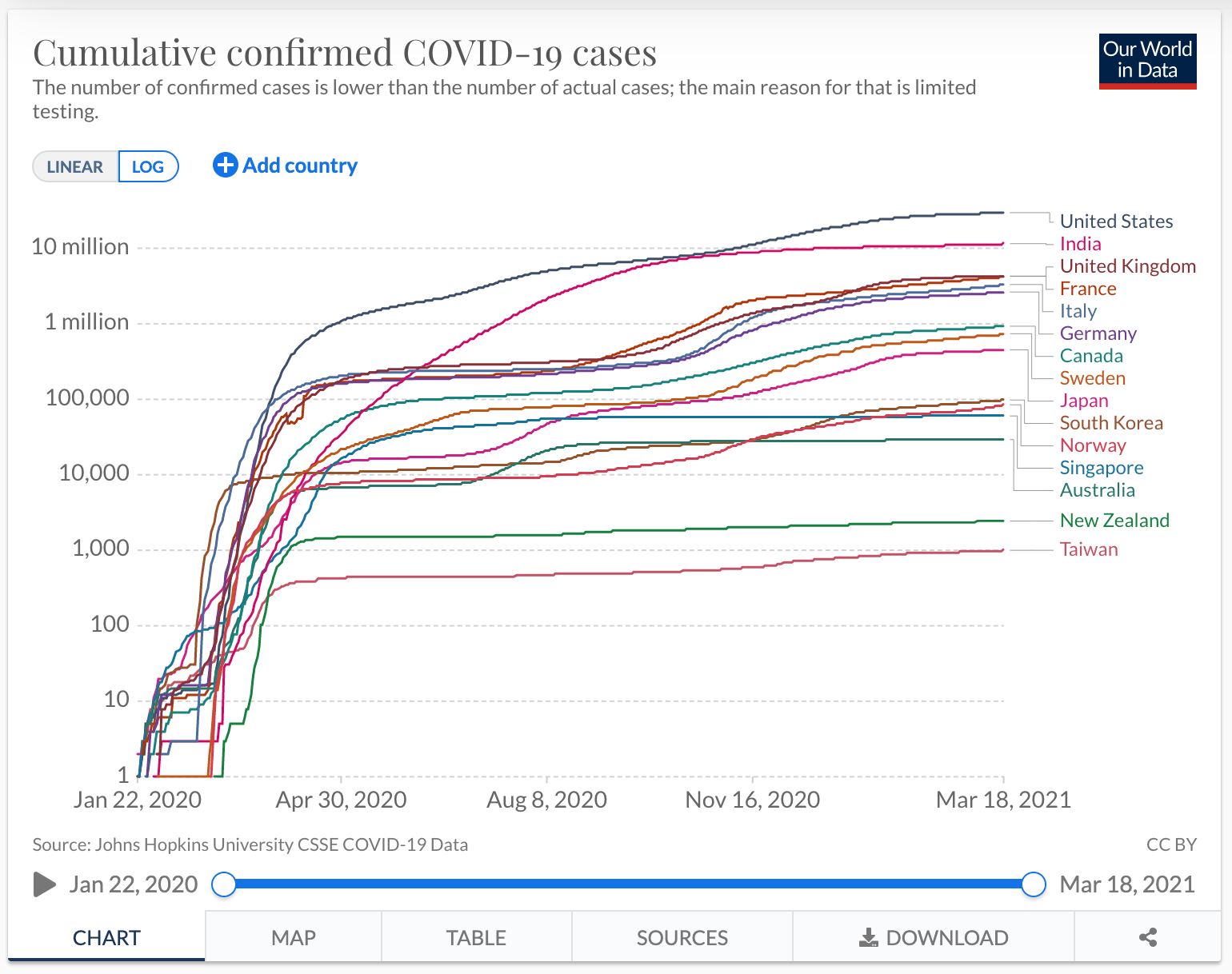
So much that we now know, so much that we still don’t know. Case rates are of less interest and vaccination rates of much greater interest.
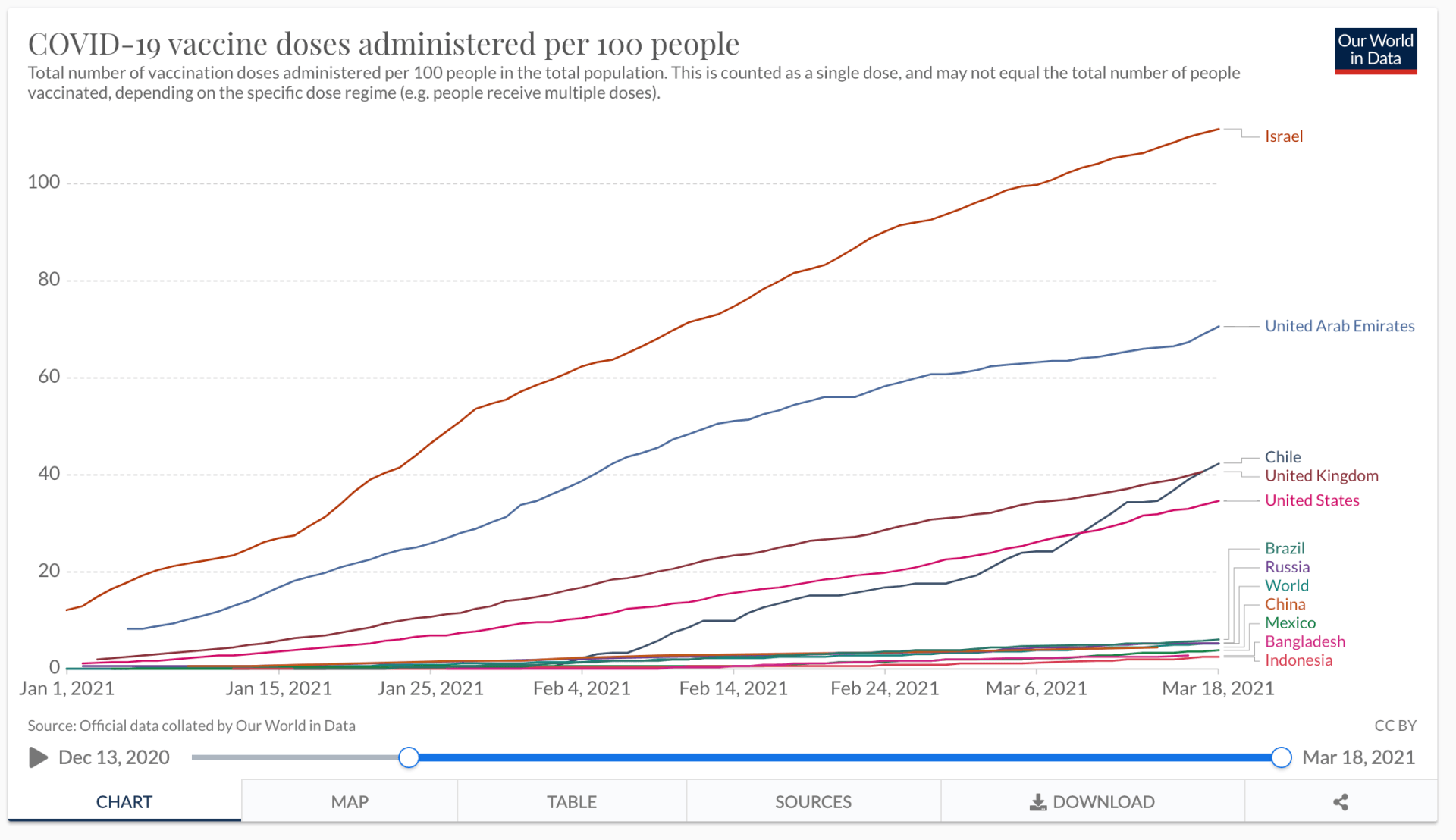
Our new questions include:
- When will I be vaccinated and with which vaccine (in New Zealand the answer is likely to be Pfizer, by the end of 2021)?
- How long will vaccines prove effective against COVID-19?
- When will New Zealand reach vaccination levels that confer herd immunity?
- When will New Zealand open its borders again to visitors (not a new question)?
- What will world travel look like in a world with COVID still common and countries at unequal levels of vaccination?
- What will the medium to long term effects of government stimulus packages be on country’s and the world’s economic situation? Will inflation remain controlled, or will it run rampant as seems logical when vast amounts of money are poured into the system?
What we can be certain of, is that our histories will be divided into pre- and post- COVID-19 times, and the trajectory of the world has been irrevocably altered in ways we still have yet to see play out. Let’s hope that we have at least moved beyond the days when people fought in the supermarket aisles over toilet paper.
